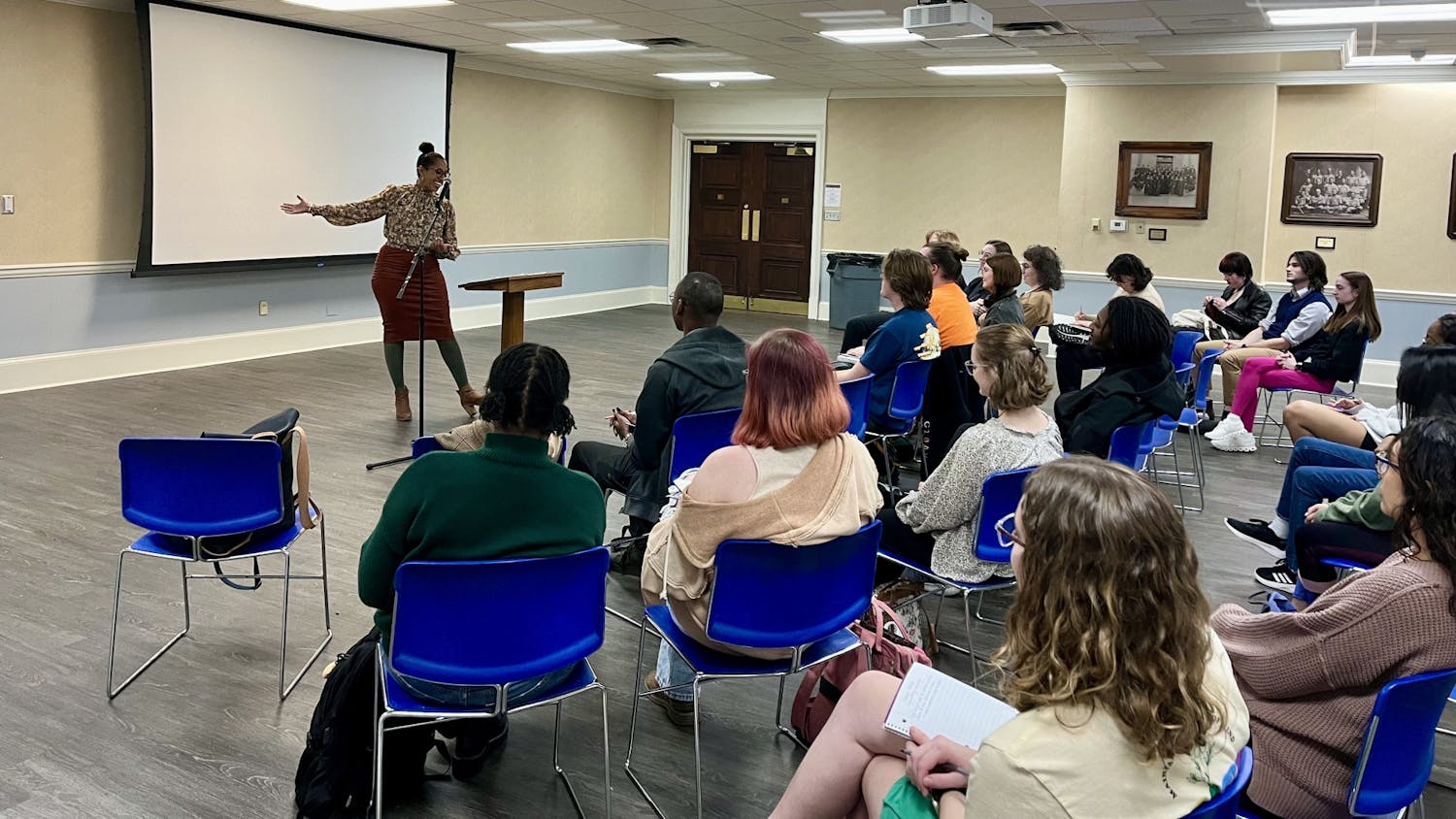The studio behind “Coraline” brings another darkly charming children’s fable to life. “ParaNorman” tells the story of a little boy with a big problem: he can talk to ghosts. As the only person in his town with this gift, Norman becomes the only person standing in the way of the destruction of his town at the spectral hands of a witch’s vengeful spirit.
From the very beginning, this offbeat film makes the viewers feel like they have been plopped down in events that have long been set in motion. Norman is already familiar with his gift (or curse) of speaking to the dead and has resigned himself to his peers’ and his family’s response to it. The witch’s curse over the town of Blythe Hollow has been going on for three centuries—so long, in fact, that the town has worked its lore into a tourist-trap industry that trickles down even to the school play.
The only person who knows the danger of the curse is Norman’s creepy estranged uncle, Mr. Prendergast, who needs Norman to take up the mantle of keeping the ghost at bay. From here the plot clips along with an energetic pace and a predictable story line until a sudden twist causes the audience to reevaluate their understanding of the film.
Part of the fun of “ParaNorman” is the way it simultaneously teases and pays homage to the rich tradition of horror and thriller movies on which it draws. For the horror movie aficionado, the Easter eggs abound from the very first scene. The main group of oddball protagonists is made up of one classic trope after another—the clever but misunderstood hero; his hapless sidekick; his conceited, blonde older sister; the dumb jock and the dumber school bully—but, wonderfully, the movie turns each one on its head (except for Norman, who remains the classic hero). Far from making the movie flat or relying on the tropes for cheap humor, the parodied characters add another layer to the movie’s message that things are always more complex than they seem.
However, the movie is surprisingly dark, especially for having been advertised as a children’s movie. While some parts might be too macabre or scary for children, it keeps things interesting for a college crowd. The twist (I won’t give it away) is downright horrifying no matter what age you are, and throws the entire movie into a new light. But just as the morbidity serves to elevate the fear factor, it also becomes the butt of many a joke. Most of the slapstick and physical humor is accomplished through the dead, whether it’s the zombies or Norman’s dead uncle or the ghosts with whom he interacts. There is a sequence in which Norman tries to wrest the book he needs from his dead uncle’s stiff hands, which—while disturbing—manages to be morbidly funny. When I viewed the movie, the kids in the audience were cracking up, completely oblivious as to just how disturbing the scene really was.
The animation rises to the next level for stop-motion films. It becomes oddly geometric at times (such as Norman’s eyes, which are octagonal rather than round), which contrasts with the smooth curves we have come to expect from animation thanks to Pixar and DreamWorks. However, the oddity of the animation fits well with the more bizarre elements of the film. Animators employ CGI backgrounds for compelling scene changes to portray how Norman sees “through the veil,” combining the two animation styles in a beautiful way.
As for plot and characterization, there is no denying that “ParaNorman” is a simple film. None of the characters go through dynamic growth; even Norman himself is more of a static good. However, Norman’s static good makes him the catalyst for growth in other people and brings about the reconciliation of several important relationships.
The other characters, particularly in Norman’s oddball group, are interesting because of the way they subvert their archetypes rather than because of any dynamic progression in their characters. Speaking of subverting the archetypes, spoiler alert: one of the stock characters casually comes out at the end of the film. While it could be argued that this was done, again, to turn the stereotype on its head, this was a surprisingly bold and progressive move for an animated children’s movie.
It has its flaws, and it is certainly targeted to a younger audience, but ParaNorman is clever enough and dark enough to make it a fun and enjoyable movie for a college crowd. Its examination of the way the sins of the past haunt the people of the present is just mature enough to leave you thinking.




